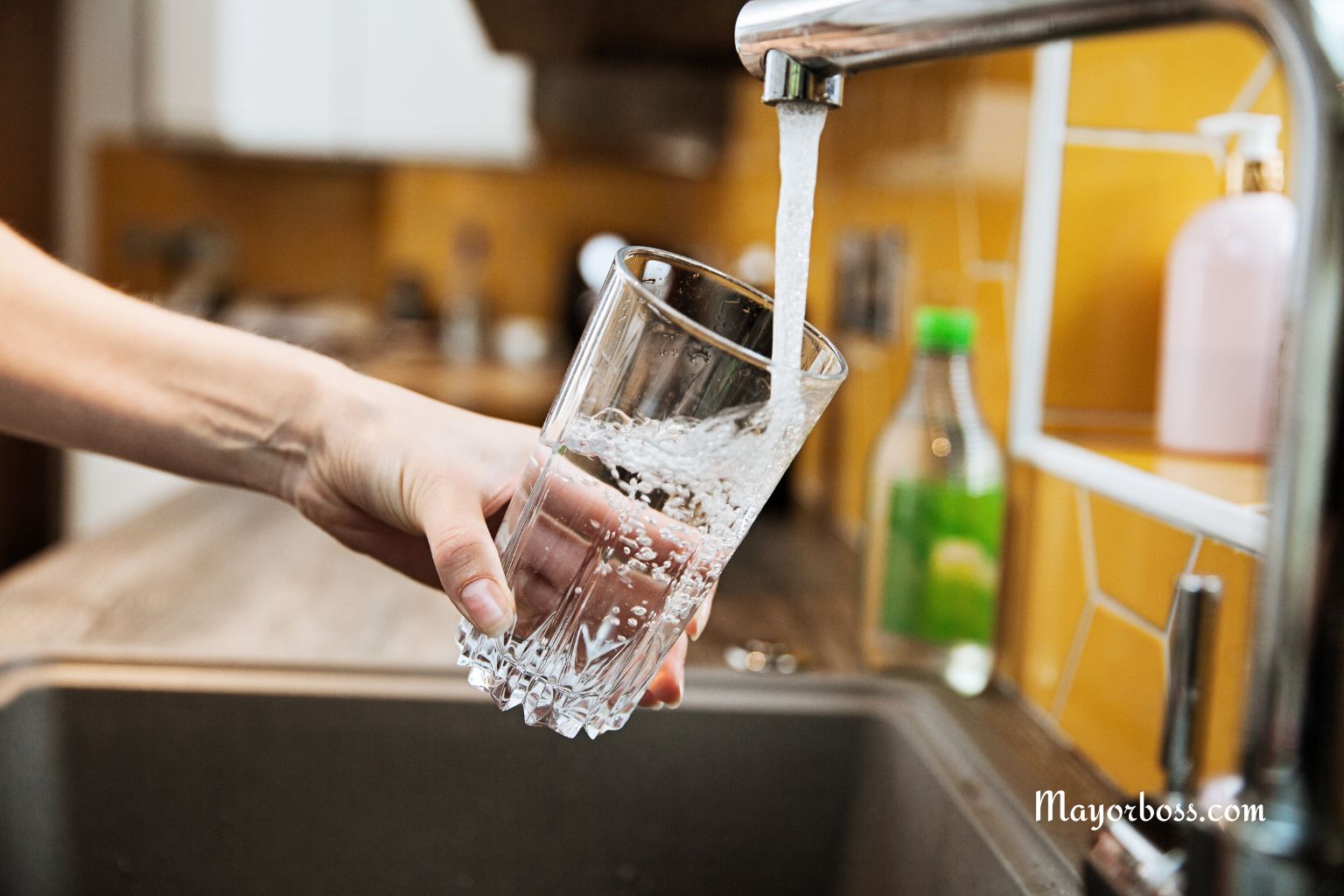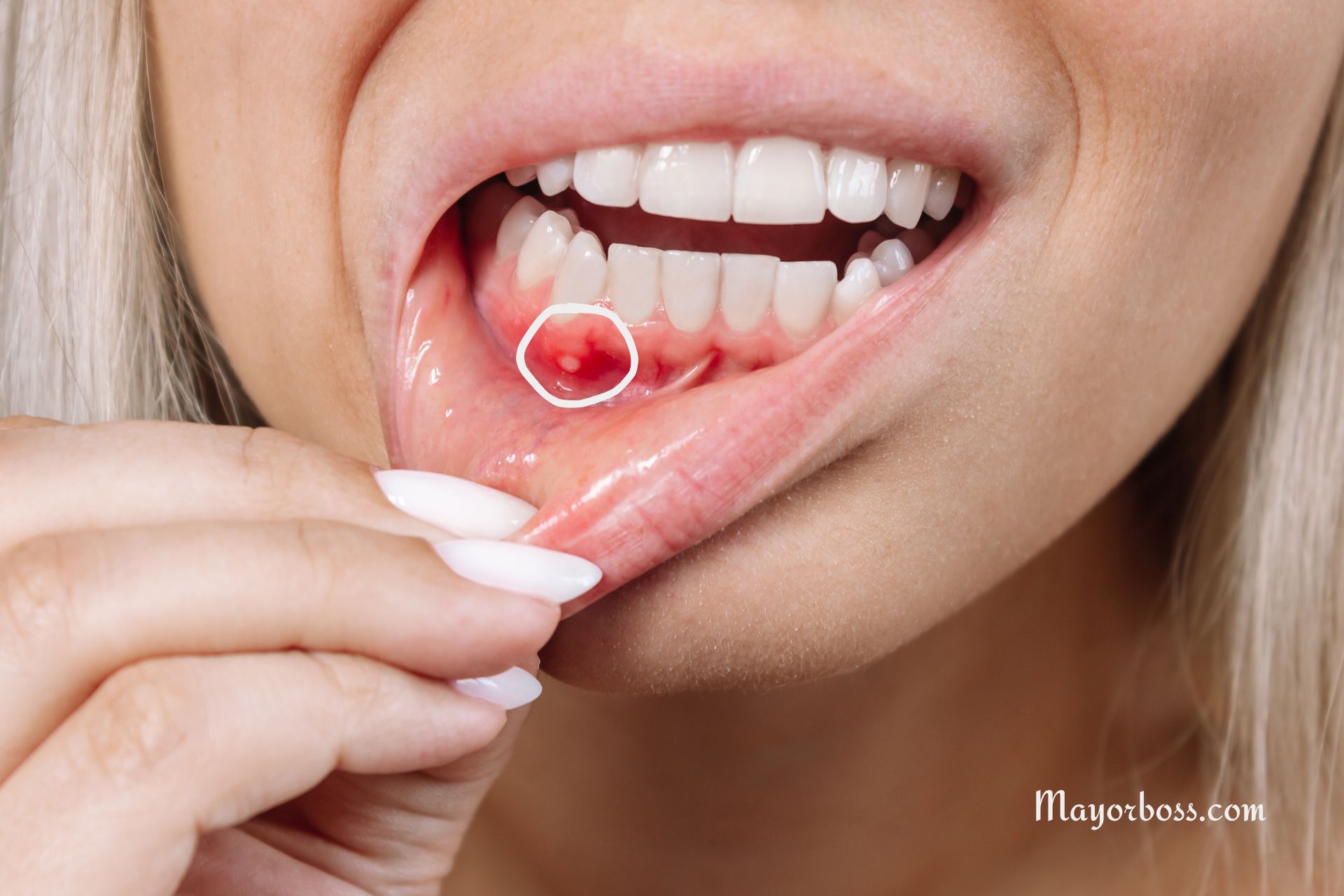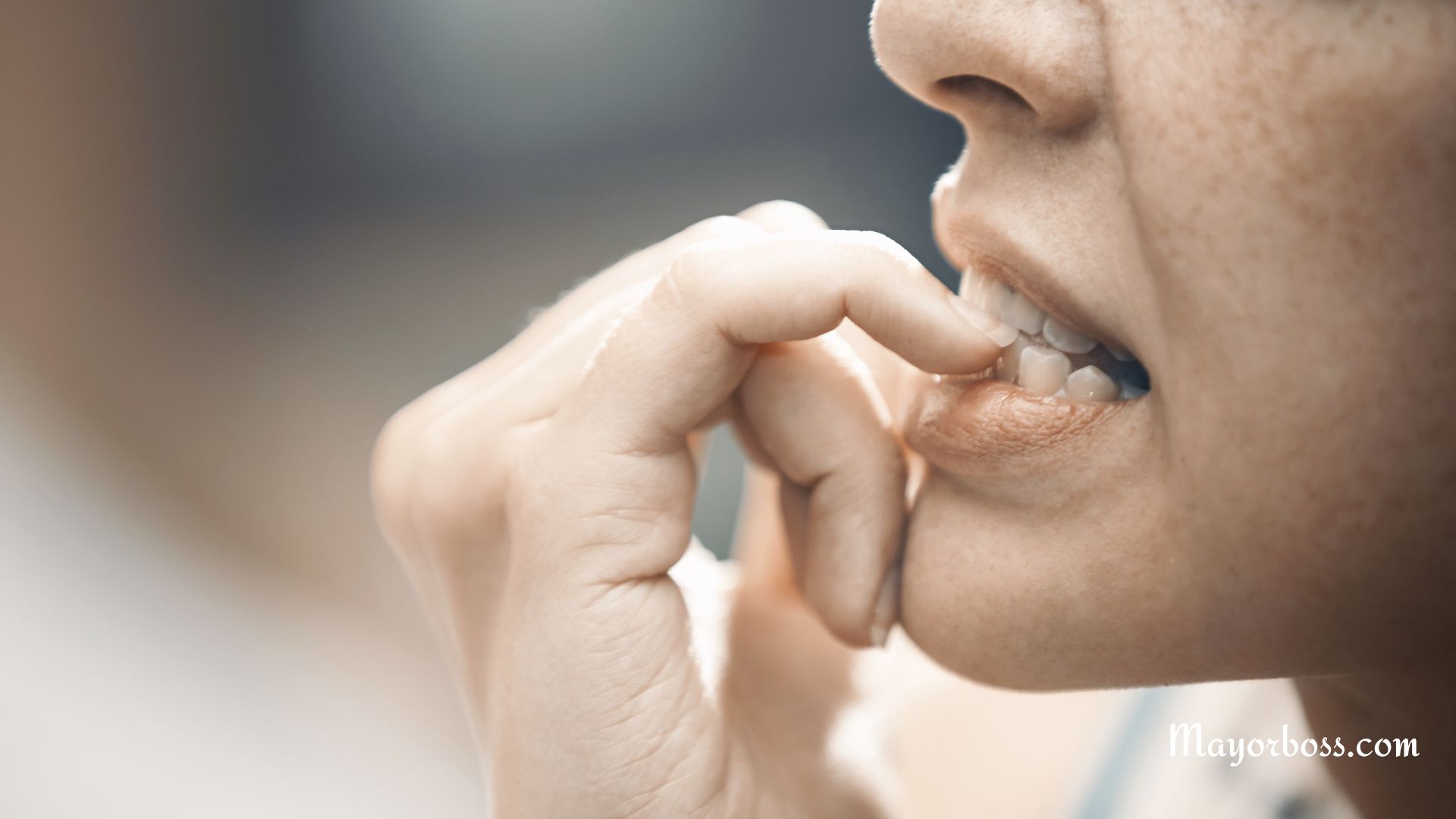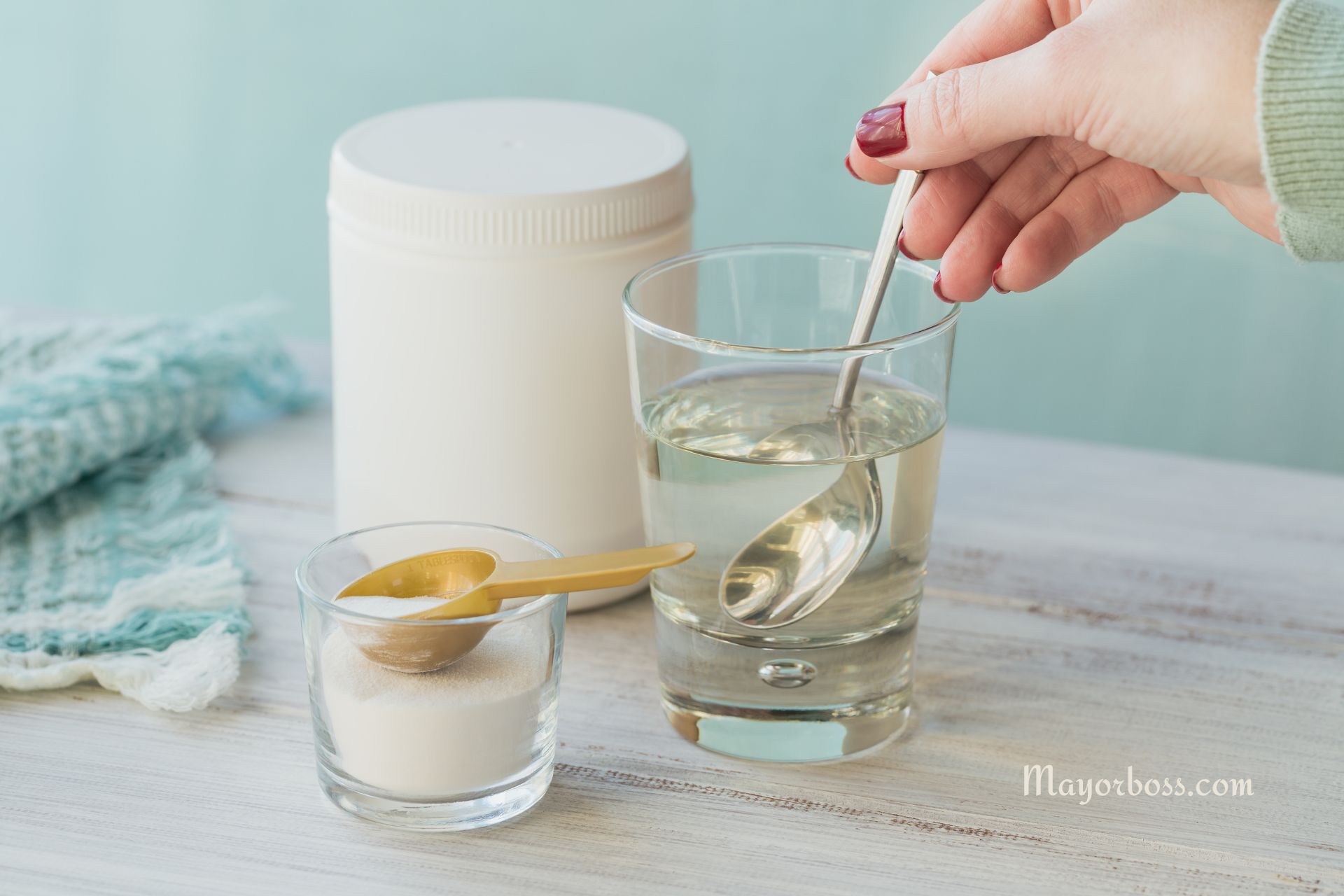The Hidden Dangers in Your Tap Water: What You Need to Know Today
Tap water may seem clean, but hidden contaminants can quietly affect your health. Here’s what you need to know.

Most people assume their tap water is safe. It looks clear. It tastes fine. And it comes straight from the faucet, simple and convenient. But what many don’t realize is that even treated water can contain substances that may harm your body over time.
What’s Really in Tap Water?
Water treatment facilities do a sufficiently job of removing many harmful bacteria. But they don’t catch everything. Trace amounts of chemicals, metals, and even pharmaceutical drugs can slip through.
Here are some common contaminants that may be lurking in your water:
1. Lead
Old pipes in homes or public water systems can leach lead into drinking water. In fact, according to the U.S. Environmental Protection Agency, “the most common sources of lead in drinking water are lead pipes, faucets, and fixtures”.1
Lead exposure is dangerous, especially for children. It can affect brain development and lower IQ. In adults, it may contribute to high blood pressure and kidney damage.
2. Chlorine and Chloramine
These disinfectants are added to kill germs. But they can react with natural materials in water and form toxic byproducts, like trihalomethanes. Long-term exposure may raise the likelihood of certain cancers and reproductive issues.2
3. Fluoride
Studies have shown that fluoride is added to tap water to help prevent tooth decay.3 But too much may damage teeth or bones. It can also affect thyroid function in some people, especially when consumed in large amounts over time.
4. Pesticides and Herbicides
Runoff from farms can carry these chemicals into rivers and groundwater. Though levels are often low, repeated exposure may disrupt hormones or contribute to cancer risk.4
5. Pharmaceuticals
Researchers have claimed that traces of medications from birth control pills to antidepressants have been found in tap water. While levels are tiny, the long-term effects of regular exposure are not yet fully understood.5
6. Heavy Metals
Besides lead, metals like arsenic, mercury, and cadmium may contaminate water in certain areas. Arsenic, for example, is a known carcinogen that can sneak in from natural deposits or industrial waste.
7. Microorganisms
In rare cases, bacteria, viruses, or parasites (like Giardia or Cryptosporidium) may make it into your tap water. These can cause stomach cramps, diarrhea, and other illnesses.6
How These Contaminants Affect Your Health
Your body relies on clean water for every system to function properly. Contaminated water, even at low levels, can gradually affect your:
- Brain and nerves (due to lead or mercury)
- Digestive system (from microbes or chemical irritants)
- Hormonal balance (through pesticides or pharmaceuticals)
- Kidneys and liver (overworked by filtering toxins)
- Immune system (weakened over time)
Children, pregnant women, older adults, and people with weakened immune systems are especially vulnerable.
Why You Might Not Notice a Problem Right Away
The effects of low-level exposure often don’t show up immediately. That’s what makes it dangerous. You might drink tap water every day without symptoms. But over time, the body may slowly react, leading to chronic health problems down the road.
How to Protect Yourself
1. Use a Water Filter
A certified water filter can reduce or remove many of the chemicals and metals listed above. Look for filters that meet NSF/ANSI standards. Reverse osmosis systems are among the most effective for removing a wide range of contaminants.
2. Test Your Water
You can’t see or taste most contaminants. That’s why testing is important, especially if you use well water or live in an older home. Local health departments or private labs can test for lead, bacteria, nitrates, and more.
3. Flush Your Pipes
If your tap hasn’t been used for several hours, let the water run for a minute before drinking it. This helps reduce exposure to lead and other pipe-related substances.
4. Stay Informed
Water quality reports are available for public water systems. These annual reports (called Consumer Confidence Reports) list what’s in your water and whether any standards were exceeded.
5. Avoid Plastic Bottles
Bottled water isn’t always safer, and the plastic can leach chemicals, especially when stored in hot environments. Plus, it’s more expensive and harms the environment.
When to Seek Medical Advice
If you or a family member starts showing symptoms like:
- Unexplained fatigue
- Skin rashes
- Digestive issues
- Behavioral changes in children
- Metallic taste in water
…don’t ignore it. Talk to a healthcare provider. Let them know about your water concerns. In some cases, a blood test can detect heavy metal exposure.
FAQs
1. Is boiling tap water enough to remove all contaminants?
Boiling kills bacteria and viruses but doesn’t remove chemicals, heavy metals, or pharmaceuticals. You still need a good water filter.
2. How do I know if my home has lead pipes?
If your house was built before 1986, there’s a chance it has lead pipes. A plumber can inspect your plumbing. You can also get a water test kit that checks for lead.
3. Can I trust bottled water more than tap water?
Not always. Bottled water is often just filtered tap water. And it’s less regulated than public water systems in many places.
4. What’s the best type of water filter?
It depends on what you’re trying to remove. A reverse osmosis filter is excellent for removing multiple contaminants, but even a simple carbon filter can help reduce chlorine, taste, and odor.
5. How often should I change my water filter?
Follow the manufacturer’s guidelines. In general, most filters need changing every 2–6 months, depending on usage and water quality.
References:
- https://www.epa.gov/ground-water-and-drinking-water/basic-information-about-lead-drinking-water. ↩︎
- https://www.researchgate.net/publication/283857225_Natural_Organic_Matter_and_Disinfection_By-Products_Characterization_and_Control_in_Drinking_Water-An_Overview ↩︎
- https://www.cdc.gov/fluoridation/about/index.html ↩︎
- https://www.cdc.gov/drinking-water/causes/chemicals-that-can-contaminate-tap-water.html ↩︎
- https://pmc.ncbi.nlm.nih.gov/articles/PMC3273502/ ↩︎
- https://www.sciencedirect.com/science/article/abs/pii/S026974912030676X ↩︎






